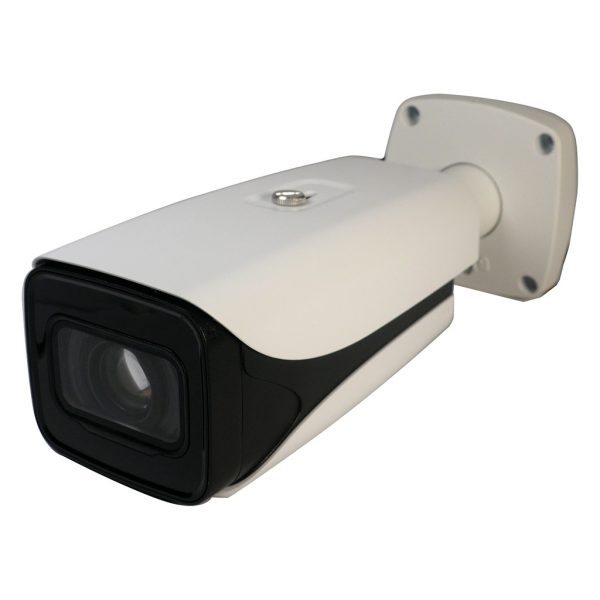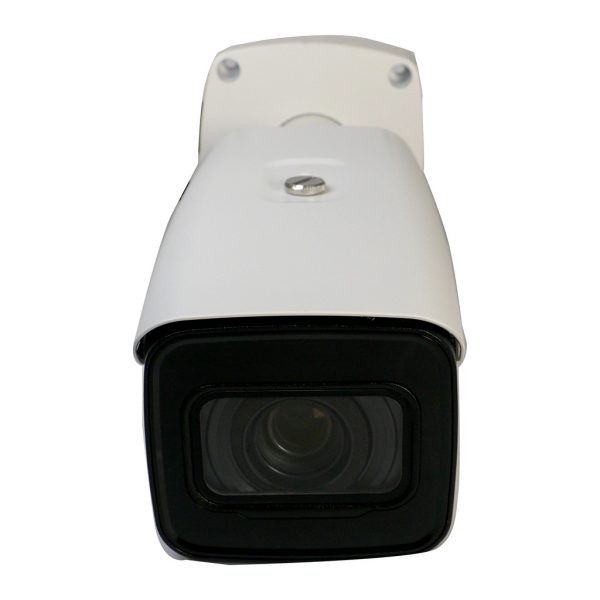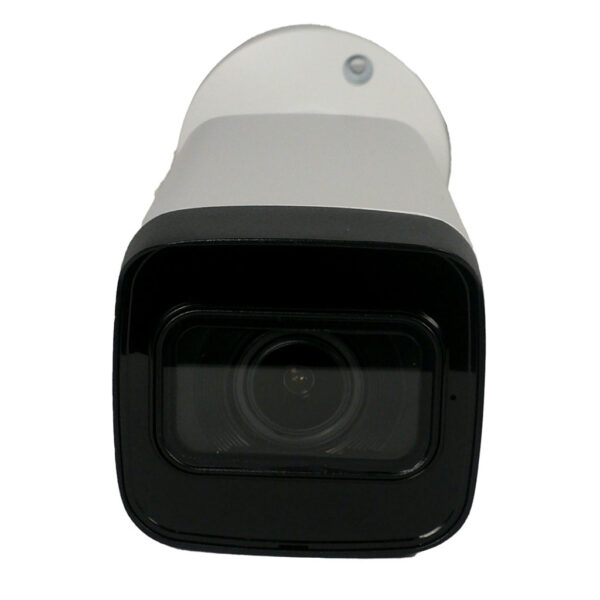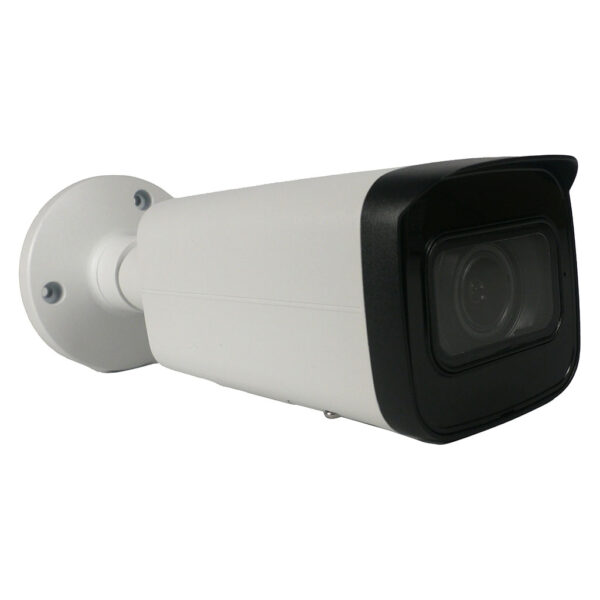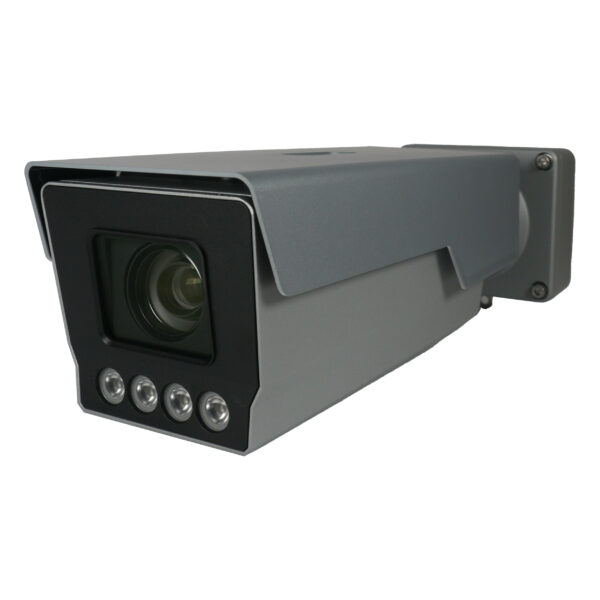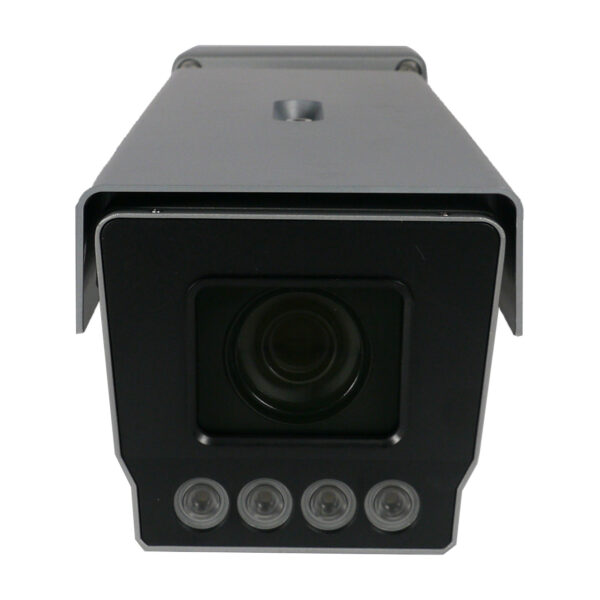Enhancing CCTV video can improve the clarity and detail of the footage, making it easier to identify individuals, objects, and events. Here’s a comprehensive guide on how to enhance CCTV video:
Step 1: Improve the Source Quality
- Use High-Resolution Cameras: Start with high-resolution cameras (e.g., 1080p or 4K) to capture clear and detailed footage. Higher resolution provides more pixels, resulting in better image quality.
- Adjust Camera Settings: Optimize camera settings such as brightness, contrast, and sharpness to ensure the best possible video quality. Most CCTV cameras allow you to adjust these settings through their software interface.
- Proper Lighting: Ensure adequate lighting in the area being monitored. Good lighting reduces noise and improves image clarity. Consider using additional lighting sources or IR illuminators for night vision.
- Clean the Lenses: Regularly clean the camera lenses to remove dust, dirt, and smudges that can obscure the image.
Step 2: Use Video Enhancement Software
- Video Editing Software: Use video editing software like Adobe Premiere Pro, Final Cut Pro, or DaVinci Resolve to enhance the video. These programs offer tools for adjusting brightness, contrast, sharpness, and more.
- Specialized Enhancement Software: Consider using specialized software designed for video enhancement, such as Amped FIVE, VideoCleaner, or INSECAM. These tools offer advanced features specifically for forensic video analysis and enhancement.
- Noise Reduction: Apply noise reduction filters to minimize visual noise and improve the clarity of the video. Most video editing software includes noise reduction tools.
Step 3: Frame-by-Frame Analysis
- Zoom and Enhance: Zoom in on specific areas of interest and use enhancement tools to improve clarity. Be cautious not to over-zoom, as this can reduce the overall quality.
- Frame Interpolation: Some software allows you to interpolate frames, which can smooth out motion and improve the quality of low-frame-rate video.
- Stabilization: Use video stabilization tools to reduce camera shake and improve the overall stability of the footage.
Step 4: Export and Review
- Export Settings: When exporting the enhanced video, choose high-quality settings to retain as much detail as possible. Use formats like MP4 or AVI with high bitrates.
- Review the Footage: After enhancement, review the footage to ensure that the desired improvements have been achieved without introducing artifacts or distorting the image.
Related Products
ELITE 2MP IP Motorized Lens Long Range Bullet W/External Mic Audio & EPoE
Specifications
- Lens: 5~60mm Motorized Lens
- Max Resolution: 2MP
- IR Distance: 656 FT
- Impact Protection: IK10
- Audio: Audio Capable With External Mic
- SD Card Compatible: Yes
- Perimeter Protection: Yes
- Object Detection: Yes
- Face Detection: Yes
- Face Recognition: No
- Smart Motion Detection: No
- LPR: No
Save 20%
ELITE 4MP IP Motorized Varifocal Bullet W/built Mic & SD Card Slot
Specifications
- Lens: 2.7 mm–13.5 mm Motorized Varifocal Lens
- Max Resolution: 4MP
- IR Distance: 196 feet
- Audio: Built In Mic
- SD Card Compatible: Yes
- Perimeter Protection: Yes
- Object Detection: No
- Face Detection: No
- Face Recognition: No
- Smart Motion Detection: Yes
- LPR: No
Frequently Asked Questions (FAQ)
- What tools can I use to enhance CCTV video?
- You can use video editing software like Adobe Premiere Pro, Final Cut Pro, or specialized enhancement software such as Amped FIVE, VideoCleaner, or INSECAM.
- How can I improve the quality of my CCTV footage at the source?
- Use high-resolution cameras, optimize camera settings, ensure proper lighting, and keep the lenses clean.
- What is video noise reduction?
- Video noise reduction is a process that minimizes visual noise in the footage, improving clarity and detail.
- Can I zoom in on specific areas of the footage?
- Yes, you can zoom in on areas of interest and use enhancement tools to improve clarity. Be cautious not to over-zoom, as it can reduce image quality.
- What export settings should I use for enhanced video?
- Choose high-quality export settings with formats like MP4 or AVI and high bitrates to retain as much detail as possible.

